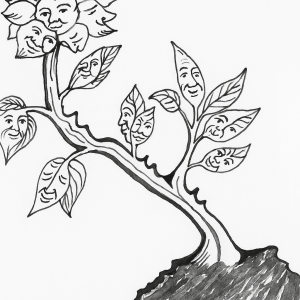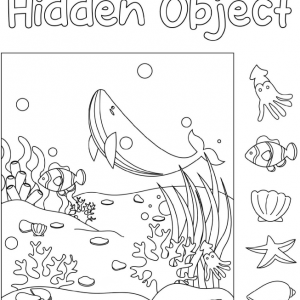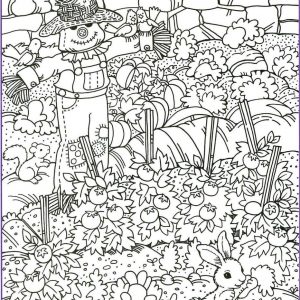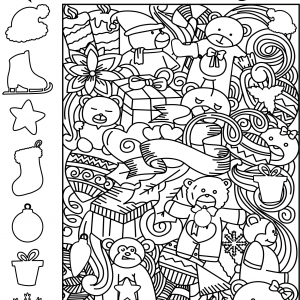Windswept Elegance: Mastering the Art of the Fukinagashi Bonsai
Discover the Allure of Windswept Bonsai
Have you ever been captivated by the sight of a miniature tree that looks as though it’s been shaped by relentless coastal gales or mountain storms? That’s the magic of the Fukinagashi, or “windswept” style, in the world of bonsai. This ink-and-pen rendering of a windswept pine—its trunk hunched, branches swept in a single direction—captures centuries of Japanese tradition in a single silhouette. Let’s explore how you can bring this dramatic, natural beauty into your home, learn the principles behind its design, and uncover the deep symbolism that makes windswept bonsai so mesmerizing.
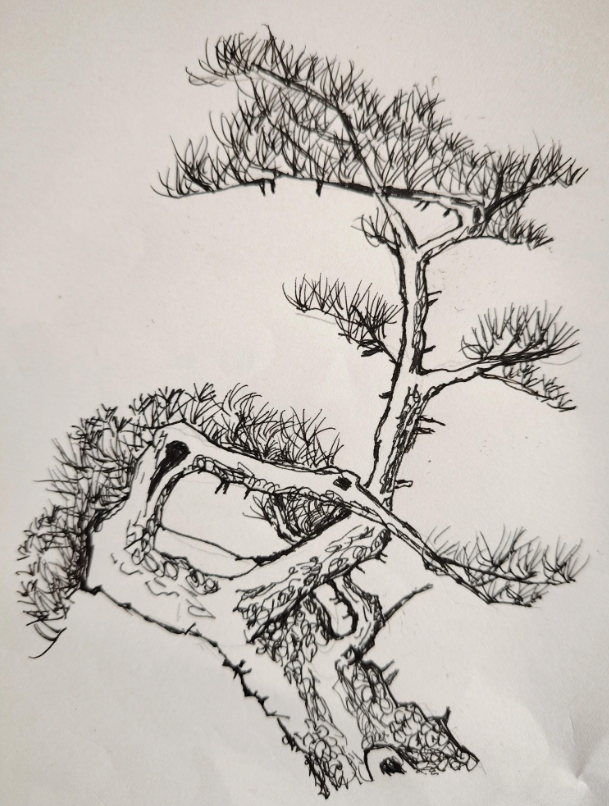
The Origins of the Windswept Bonsai Style
Bonsai isn’t just gardening; it’s a storied art form dating back over a thousand years in China and later refined in Japan. The Fukinagashi style emerged as a way to evoke trees that grow in high‐wind environments—cliffs, seashores, and mountaintops—where constant gusts sculpt trunks and foliage into dynamic sweeps. Early Japanese masters observed nature’s own artistry and aimed to replicate that wind‐scarred drama in miniature. Today, the windswept bonsai stands as one of the classic “seven styles” in traditional Japanese bonsai classification, celebrated for its raw energy and narrative power.
Key Elements of a True Fukinagashi Bonsai
To create a convincing windswept bonsai, you’ll need to focus on several defining characteristics:
- Single‐Sided Lean: The trunk and all branches tilt decisively in one direction, as if forever bowing to prevailing winds.
- Slender, Tapering Trunk: The trunk narrows toward the top, suggesting years of resistance and adaptation.
- Sparse Branch Placement: Foliage pads cluster only on the wind‐protected side, leaving the windward side bare or with very short, stunted branches.
- Exposed Roots and Trunk Texture: Gnarled roots often protrude, while bark may bear scars—evidence of nature’s harsh sculpting.
- Dynamic Negative Space: Empty space around the tree amplifies the sense of open sky and relentless wind.
When you tick off each of these elements, your miniature tree transcends mere decoration, becoming a powerful embodiment of resilience and motion.

Step‐by‐Step: Training Your Windswept Bonsai
Want to shape your own Fukinagashi? Follow these basic steps:
- Choose the Right Species: Pines (Pinus spp.), junipers (Juniperus spp.), and elms (Ulmus spp.) are top picks thanks to their flexible branches and textured bark.
- Pot Positioning: Plant the tree slightly off‐center in the pot’s windward side. This visual imbalance makes the lean more dramatic.
- Wiring the Trunk and Branches: Gently wrap aluminum or annealed copper wire—trunk first, then branches—bending them gradually in the direction of the “wind.” Avoid kinks by using long, continuous wire where possible.
- Prune Strategically: Remove any branches growing against the lean. Thin out crowded areas on the windward side, leaving only small stubs as “battle scars.”
- Refine Foliage Pads: Clip foliage into flattened pads that echo natural tufts shaped by wind, and emphasize the negative space beneath each pad.
- Regular Maintenance: Rewire annually to adjust growth, prune new shoots, and maintain the windswept silhouette.
Patience is key—over several seasons, your bonsai will solidify its dramatic posture, convincingly telling the story of wind and survival.

Selecting the Perfect Container and Display
The pot you choose and how you present your bonsai profoundly affect its impact:
- Shallow, Rustic Pots: A low‐profile, unglazed clay pot in earthy tones reinforces the rugged, elemental feel.
- Complementary Accent Stone: Place a small, weathered rock beside the tree to echo the idea of a windswept cliff or mountaintop outcrop.
- Minimalist Display Stand: A simple wooden stand or black lacquer tray focuses attention on the tree’s form without distraction.
- Backdrop Considerations: Display against a neutral wall or a tatami mat to emphasize silhouette and negative space, recalling traditional tokonoma alcoves.
By harmonizing pot, accent, and environment, you elevate the bonsai from a potted plant to a living sculpture.
The Symbolism Behind the Windswept Design
Bonsai isn’t just a horticultural exercise—it’s a meditation on life’s challenges:
- Resilience: The tree’s bushed‐over posture speaks of perseverance under constant adversity.
- Impermanence: Scars and bare branches remind us that beauty and strength often arise from hardship.
- Harmony with Nature: Rather than forcing a symmetrical ideal, windswept bonsai embraces asymmetry and the raw power of natural elements.
- Inner Strength: Observers find inspiration in how such a delicate form can withstand imaginary storms—paralleling our own capacity to endure.
Each viewing becomes an encounter with both nature’s force and the human spirit’s adaptability.

Practical Care Tips for Windswept Bonsai
Maintaining a healthy Fukinagashi requires attention to both tree and pot:
- Sunlight Needs: Position in bright, indirect light—most windswept species thrive with morning sun and afternoon shade.
- Watering Regimen: Allow the soil to dry slightly between waterings; do not let it remain waterlogged, as shallow roots demand well‐drained soil.
- Seasonal Protection: In freezing climates, move the bonsai to an unheated greenhouse or cold frame to prevent root damage.
- Fertilization Schedule: Feed with a balanced, slow‐release bonsai fertilizer during the growing season to support vigorous needle and branch growth.
- Pest Vigilance: Check regularly for aphids and spider mites, especially on dense foliage pads—early detection keeps infestations at bay.
With consistent, gentle care, your windswept bonsai will flourish as a testament to both nature’s artistry and your nurturing hand.
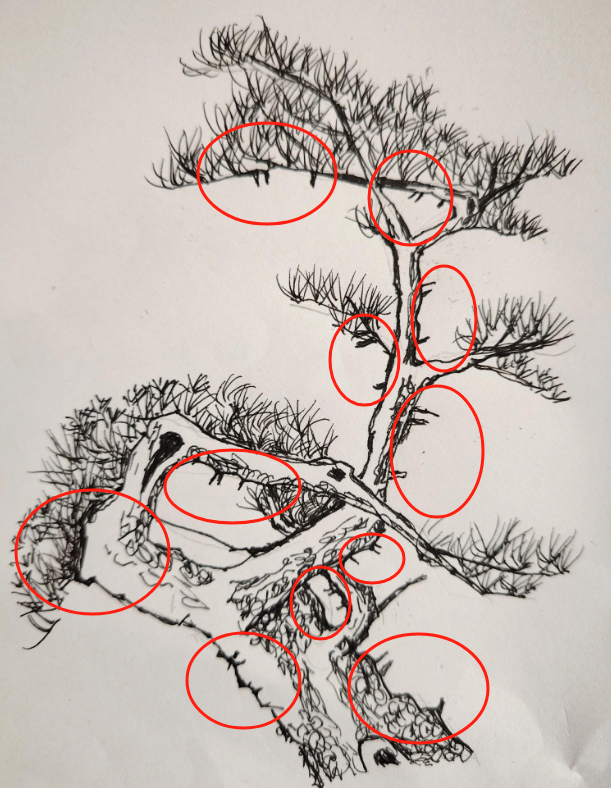
Conclusion: Cultivating Your Own Windswept Masterpiece
The Fukinagashi or windswept style captures the exhilarating tension between elemental force and living resilience. From its roots in Japanese tradition to the careful wiring, pruning, and display decisions you make today, crafting a windswept bonsai is a journey of patience, observation, and deep respect for nature’s whims. By mastering the defining traits—leaned trunk, stunted windward branches, expressive negative space—and embracing the style’s profound symbolism, you create a living sculpture that moves the heart and sparks mindful reflection. So gather your tools, pick your hardy young pine or juniper, and set your inner artist free—your own miniature cliff‐top sentinel awaits, forever bowing before imagined storms with quiet grace.

